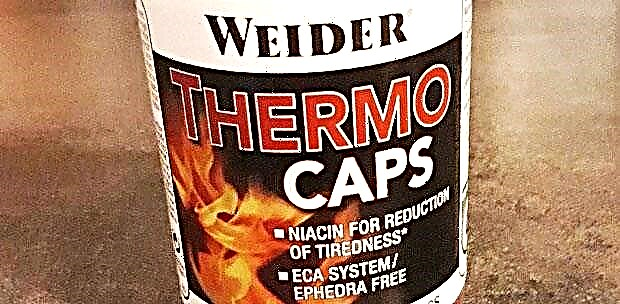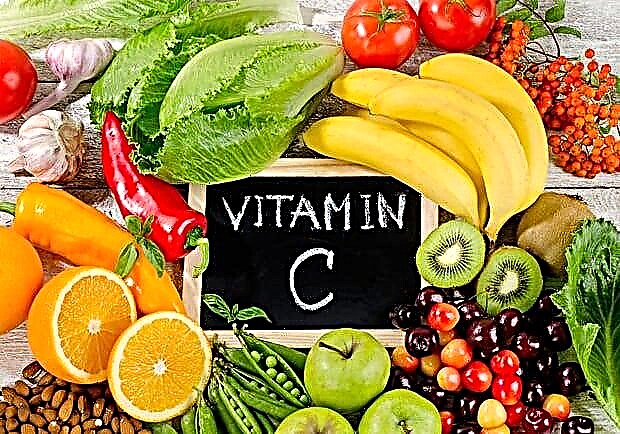Ear trauma - damage to the outer, middle and inner parts of the organ of hearing. Depending on the localization, it can manifest itself in the following clinical picture:
- open wound;
- detachment of the shell;
- hemorrhage;
- painful sensations;
- congestion, hum in the ears;
- hearing impairment;
- problems with coordination of movements;
- dizziness;
- nausea.
To identify ear trauma and make an accurate diagnosis, the following diagnostic measures are prescribed:
- otoscopy;
- examination by a neurologist;
- computed tomography and x-ray of the skull;
- Magnetic resonance imaging;
- examination of the vestibular and auditory function.
If an ear injury is detected, drug therapy is prescribed. With a serious pathological condition, surgical intervention is sometimes necessary. Treatment includes wound treatment, elimination of hematomas, restoration of tissue integrity, as well as prevention of infection, infusion, anti-shock, decongestant, anti-inflammatory therapeutic measures.

© rocketclips - stock.adobe.com
Classification, clinic and treatment of various injuries
Auricular injuries are common injuries due to poor anatomical protection. Pathological conditions of the middle and internal sections are less common, but they are also more difficult to treat. As mentioned earlier, the clinical picture appears depending on the location. Effective therapy is prescribed only after determining the location of damage and its type:
Localization | Pathogenesis | Symptoms | Diagnosis / Treatment |
| Outer ear | Mechanical - blunt blows, stab wounds or gunshot wounds, bites. | On impact:
When injured:
|
Therapy includes:
|
| Thermal - burns and frostbite. | For burns:
With frostbite:
| ||
| Chemical - the ingress of toxic substances. | The same signs as with thermal injury. Symptoms appear depending on what kind of substance is injected. | ||
| Ear canal |
| The same symptoms as in trauma to the outer section (the passage is part of it). | |
| Inner ear |
| The first type of damage usually manifests itself:
With acoustic damage, blood is observed in the tissues of the labyrinth. When this symptom passes, hearing is restored. However, chronic pathology provokes receptor fatigue, which causes permanent hearing loss. |
Recovery on an outpatient basis is possible only with acoustic trauma with a short exposure to noise. In other cases, hospitalization is usually necessary. Treatment must be monitored by an otolaryngologist. The operation to restore anatomical structures is possible only if the patient is in a satisfactory condition. Often it is impossible to return normal hearing, a person cannot do without a hearing aid. Inpatient treatment, in addition to surgery, includes:
|
| Middle ear | Usually goes in combination with trauma of the inner region. The most common injury is barotrauma. Such a pathological condition is provoked by:
Other types of injuries:
|
|
It is not difficult to cure a pathological condition. The membrane recovers quickly. If there is a wound, treat with an antiseptic. 5-7 days to take antibacterial drugs (as prescribed by a doctor). The perforation with an adequate treatment regimen should heal in 6 weeks. If this does not happen, medical attention is needed (from routine processing to plastic or laser micro-surgery). Some damage can cause blood to accumulate in the ear canal. Because of this, swelling appears. The doctor prescribes vasoconstrictor medications. After elimination of the edema, the medical professional cleans the cavity from the accumulated. Surgical intervention can be prescribed if the auditory ossicles are damaged, as well as to cleanse the passage of pus. During the period of therapy, the auditory function is under special control. If it cannot be completely restored, hearing aid is needed. |
First aid
Ear injuries can vary in severity. Some of them can be dealt with on their own, while others need to see a doctor immediately. Symptoms and factors requiring medical attention:
- strong blow to the ear;
- unbearable and prolonged pain (more than 12 hours);
- hearing impairment or loss;
- hum in the ears;
- severe deformation of the organ, requiring surgical intervention;
- hemorrhage;
- dizziness, fainting.
In case of any damage, the victim needs first aid. If the injury is minor (for example, a weak bite, shallow cut, etc.), the affected area must be treated with an antiseptic solution (hydrogen peroxide and others). Then apply a clean bandage.
When the auricle is completely torn off, it must be wrapped in a sterile damp cloth, if possible, overlaid with ice. Transport the victim together with part of the organ to the hospital. This must be done no later than 8-10 hours after the incident so that the doctors have time to sew the ear back.
With a mild degree of frostbite, it is necessary to restore blood circulation: rub your ears with your palms, wrap your head with a handkerchief or put on a hat. It is advisable to bring the victim into a warm room and drink hot tea. In case of severe frostbite, the actions are the same, but in addition, qualified medical care will be needed.
When a foreign body gets into the auricle, you can shake it out by tilting your head towards the affected organ. If this does not help, you need to get it with tweezers (provided that the object is shallow, clearly visible and it is possible to hook it). Do not put cotton swabs, fingers, etc. into your ears. This can push it even deeper and damage the eardrum.
If an insect has flown into the ear, the head must be tilted in the opposite direction from the injured organ. Pour a small amount of warm water into the passage so that a fly, beetle, etc. floated to the surface.
For mild barotrauma, a few chewing or swallowing movements may help. With severe injuries of this nature, you need to apply a bandage and go to the hospital.
If the pathological condition is provoked by a contusion, the victim must be moved to a calm environment. Apply a bandage and take to a doctor. If fluid flows out of the passage, place the patient on the affected side to facilitate its exit. If it is not possible to deliver a patient to a medical facility on your own, you can call an ambulance.
Severe acoustic trauma is similar to a concussion. Therefore, first aid is similar. Acoustic injuries of a chronic nature develop gradually and do not need pre-medical actions.
Prevention
Any disease is much easier to prevent than to treat or undergo surgery later. Ear injuries are no exception, and the risk of their occurrence can be reduced by following simple guidelines.
It is very important to properly clean your ears from dirt and wax. It is recommended to simply wash them with soap when taking a shower or bath. You can also use cotton swabs, but do not insert them too deeply, otherwise you can damage fabrics, clog dust and wax even deeper. There are hairs on the mucous membrane of the auricle, they independently clean the hole, pushing everything unnecessary out. If natural cleansing is broken for some reason, you need to contact an otolaryngologist.
When flying on an airplane, it is advisable to chew gum or suck on lollipops. Chewing and swallowing movements normalize the pressure in the eardrum. When immersed in water at great depths, all safety requirements must be met.
If you have ear diseases and nasal congestion, you should not fly or dive. You need to be careful when blowing out: first clear one nostril (pinching the other with your fingers), and then the other. Otherwise, you can provoke mild barotrauma.
When work is associated with loud sounds, it is necessary to use headphones and earplugs during work. If noise cannot be avoided, it is recommended to open your mouth. In order not to damage your ears, it is advisable not to frequent entertainment events with loud music (for example, clubs, concerts, etc.). Also, you cannot turn on the sound at full power on the phone, computer, when you are wearing headphones.
When teaching various martial arts, it is necessary to protect the head: wear a special helmet or other headgear provided for by safety techniques.
The ear is a vital organ. If serious violations occur in its functioning, the person will become disabled and will not be able to live a full life. Therefore, you need to approach your health responsibly and follow the recommendations for the prevention of injury.









